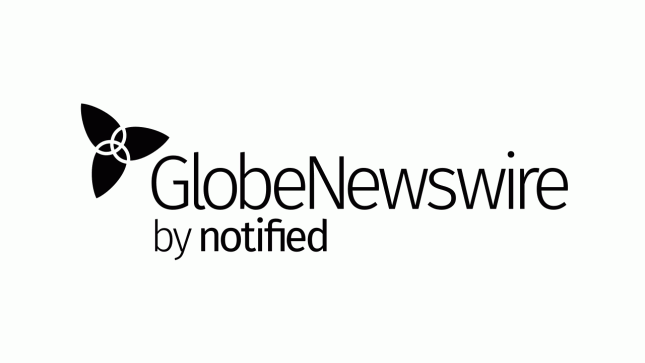AutoZone: Navigating Margin Pressures to Seize Long-Term Growth
Henry RiversSaturday, Jul 5, 2025 12:03 am ET
![]() 7min read
7min read
AutoZone (NYSE: AZO), the automotive aftermarket retail giant, currently trades at a forward P/E of 22.56x 2026 estimates, below its five-year average of 22.81x and its sector peers. Yet this valuation overlooks a critical truth: AutoZone's margin headwinds are temporary, while its structural advantages—aging vehicle fleets, disciplined capital allocation, and secular international growth—are durable. With shares down 3.2% since Q3 earnings due to a near-term EPS miss, investors have a rare opportunity to buy a moated business at a discount.

AutoZone's Q3 2025 results highlighted near-term challenges: EPS fell 3.6% to $35.36, missing estimates due to a 77-basis-point margin contraction. The culprit? A mix of operational headwinds, including:
- New stores and distribution centers in high-growth markets (e.g., Mexico, Brazil) incurred startup expenses.
- A shift toward lower-margin DIY sales (up 5.0% domestically but still lagging commercial growth).
- Rising by $8 million due to LIFO accounting.
However, management has a clear path to stabilize margins:
1. As new distribution centers ramp up, cost absorption should improve.
2. The company is prioritizing higher-margin commercial sales, which grew 3.2% in Q1 2025.
3. International sales (8.1% constant-currency growth in Q3) now account for ~20% of stores, but FX headwinds will ease as AutoZone hedges more exposures.
1. Aging Vehicles Fuel Repairs Over Replacements
The average U.S. vehicle age hit a record 12.5 years in 2024. With ~260 million vehicles on the road, this trend is a gift for AutoZone: more repairs, fewer new car sales mean steady demand for parts. AutoZone's 5.0% domestic same-store sales growth in Q3 demonstrates this resilience.
2. DIFM (Do It For Me) Expansion
AutoZone isn't just a DIY retailer—it's a B2B powerhouse. Commercial sales (to mechanics, repair shops) grew 3.2% in Q1 2025, outpacing DIY's 0.3% growth. This segment benefits from AutoZone's unmatched product depth (85,000 SKUs) and its ALLDATA subscription platform, which provides repair guides to professionals.
3. International Dominance
AutoZone's 838 stores in Mexico and 141 in Brazil (up from 794 and 127 in 2024) are cash cows. International same-store sales grew 10.4% year-to-date (constant currency), with margins expanding as scale benefits kick in.
Analysts project EPS to grow 14.66% in 2026 to $167.60. At the current forward multiple of 22.56x, AutoZone trades at 22.56x 2026 EPS, below its five-year average of 22.81x and the sector's 23.78x (Consumer Cyclical).
The disconnect is stark:
- AutoZone's ROE (14.1% TTM) and free cash flow margin (17.9%) are industry-leading.
- The company's $1.1B remaining buyback authorization (with $39.2B repurchased since 1998) ensures EPS accretion.
- Economic downturns could slow DIY demand.
- Rising competition from e-commerce (e.g., Amazon Auto).
- Margin stabilization by late 2025 as distribution centers mature.
- Q4 2025 earnings (summer repair season) could beat expectations.
- Share buybacks accelerating ahead of 2026.
AutoZone is a classic "value trap" in reverse. The stock's dip post-Q3 results ignores the company's moat: 7,516 stores, unmatched inventory, and a 20-year track record of 13%+ EPS growth. With shares at $3,826—down from a 52-week high of $3,916—this is a contrarian buy. Analysts' $4,087 average price target implies 6.8% upside, but the real reward comes from the long game.
- $3,800-$3,900.
- $3,900-$4,100.
- Sell: $4,200+.
The key takeaway? Margin pressures are a speed bump, not a roadblock. AutoZone's dominance in a secular growth market makes it a buy now.








